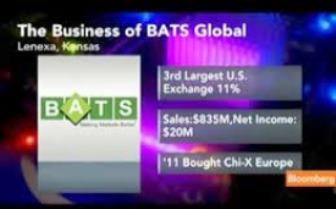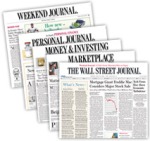BATS Global Markets now is the leading U.S. marketplace for exchange traded funds (ETFs), executing 26.1 percent of all ETF trading in May.
MarketsMuse ETF and Tech Talk depts merge to provide following update, courtesy of James Dornbrook Kansas City Business Journal
On Thursday, the Lenexa-based stock exchange welcomed the 22nd ETF to be listed on its trading platform, the iShares Convertible Bond ETF (BATS: ICVT), an indexed bond fund that operates as a subset of the Barclays U.S. Convertibles Cash Pay Bonds Index. The index measures the performance of the U.S. dollar-denominated convertible bond market, which consists of bonds that a holder can convert into a specified number of shares of common stock of the issuing company. The bonds typically are used by companies with low credit ratings but huge growth potential.
More than half of the ETFs listed on BATS are from BlackRock Inc.’s (NYSE: BLK) iShares Exchange Traded Funds business. So the relationship with iShares has been key to BATS growth in listings for ETFs.
BATS excels at listing ETFs because offering companies are more interested in getting access to the liquidity BATS excels at offering than they are in buying marketing services, where the New York Stock Exchange and Nasdaq have a commanding advantage.
In addition to being the No. 1 ETF trading platform in the United States, BATS is also the No. 2 trader in overall U.S. equities, with a 21.2 percent market share in May.



 Courtesy of Eric Lim/Bloomberg LP
Courtesy of Eric Lim/Bloomberg LP


